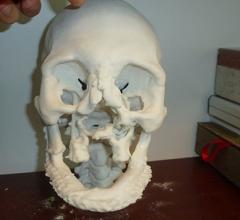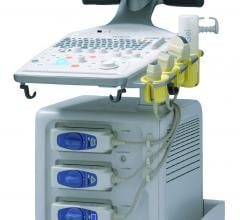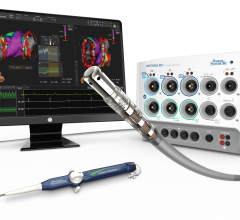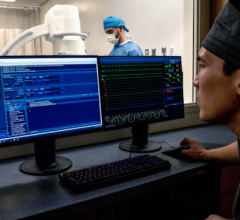Heart Imaging Technologies announced the release of Precession, a cardiac magnetic resonance solution which allows viewing, analysis and reporting all within a standard web browser.

Johns Hopkins cardiologists report they have developed a formula that estimates one’s risk of dying over a decade based on a person’s ability to exercise on a treadmill at an increasing speed and incline.
New and updated American College of Radiology (ACR) Appropriateness Criteria now help healthcare providers choose the most appropriate medical imaging exam or radiation therapy for more than 1,000 clinical indications. These continually updated criteria are a national standard developed by expert panels of physicians from many different medical specialties.
Providing exceptional cardiovascular care for patients to achieve the best possible outcomes is the number one goal for ...
CompView Medical (CVM) introduced an all-in-one equipment manager, visualization and ergonomic boom system — the NuCart.

Frequent use of lead aprons in the interventional lab and radiology departments to protect against radiation exposure is associated with increased musculoskeletal pain, according to a study published in the Journal of the American College of Cardiology.

Cardinal Health announced plans to acquire Johnson & Johnson’s Cordis business, a leading global manufacturer of cardiology and endovascular devices, for $1.94 billion in cash.
Cardiac positron emission tomography (PET) is growing in popularity among cardiologists because it provides the ability ...
In a new report, SmarTech Markets Publishing forecasts shipments of 3-D printers in the medical industry will reach 2,135 units in 2020, growing to 3,055 units in 2024. The report, "3-D Printing in Medical Markets: An Opportunity Analysis and Ten-Year Forecast," shows where opportunities will be found.
Hitachi Aloka Medical America Inc. announced the creation of a new dedicated sales force targeting cardiovascular ultrasound opportunities in physician’s offices and hospitals.
AirStrip and Life Monitor Pty Ltd. announced the formation of a strategic partnership to sell AirStrip solutions in Australia and New Zealand. Both the AirStrip ONE mobile interoperability platform and the Sense4Baby wireless fetal/maternal monitoring system will be available as part of the agreement.
When performing radiofrequency (RF) ablation to treat cardiac arrhythmia, medical professionals must balance the safety ...
The American Medical Society for Sports Medicine (AMSSM) and the FIFA Medical Assessment and Research Center (F-MARC) joined together to host the 2nd Summit on ECG Interpretation in Athletes, Feb. 26-27 in Seattle. The summit brought together top sports cardiology and sport medicine physicians from around the world to focus on improving cardiac safety in athletes and impacting sudden cardiac death.

Four-month-old Jackson Lane has a large scar that looks like a giant zipper down the center of his chest, the result of undergoing a lifesaving surgical procedure at just five days old to repair an extremely rare heart condition.
Merge Healthcare announced it recently acquired DR Systems Inc. for about $70 million. DR Systems is a privately held San Diego-based company in medical imaging information systems.
Change Healthcare Cardiology Hemodynamics is an integrated hemodynamic monitoring system for monitoring vital signs and ...
Nanometer-sized “drones” could become a new way to prevent heart attacks caused by atherosclerosis, according to a study in pre-clinical models by scientists at Brigham and Women’s Hospital (BWH) and Columbia University Medical Center. The drones could be used to deliver a special type of healing molecule to fat deposits in arteries, according to findings published in the February 18th online issue of Science Translational Medicine.
Patients who experienced a certain type of heart attack who received the anticoagulant fondaparinux had a lower risk of major bleeding events and death compared to patients who received low-molecular-weight heparin (LMWH), according to a study in the February 17 issue of the Journal of the American Medical Association (JAMA). This was found to be true both in the hospital and after six months; however, both groups had similar rates of subsequent heart attack or stroke.
By loading magnetic nanoparticles with drugs and dressing them in biochemical camouflage, Houston Methodist researchers say they can destroy blood clots 100 to 1,000 times faster than a commonly used clot-busting technique. The finding, reported in Advanced Functional Materials, is based on experiments in human blood and mouse clotting models.

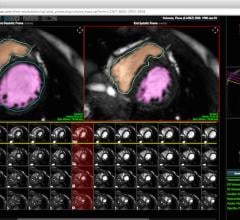
 March 03, 2015
March 03, 2015




